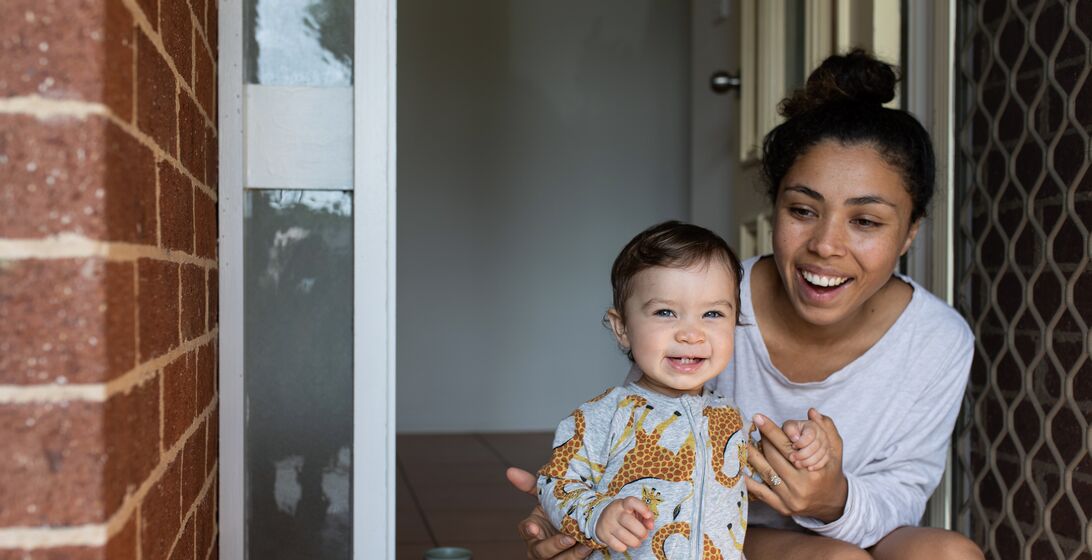How to cut down on household energy usage.
Regardless of whether you use gas and electricity from the grid or your own solar panels, it makes good sense to reduce your usage. According to Choice¹, the average Australian household’s energy use is:
- Heating and cooling – 40%
- Water heating – 23%
- Other appliances (washing machine, TV, computers etc.) – 14%
- Fridges and freezers – 8%
- Lighting – 7%
- Cooking – 5%
- Standby power – 3%
Every little bit counts, but it makes sense to focus on the things that consume the most energy like heating and cooling, water heating, appliances and lighting.
Heating and cooling.
A few ways to reduce the energy used on heating and cooling include:
- dress for the conditions and minimise heating and cooling use (for every 1 degree you turn down the cooling or turn up the heating, you’ll increase your energy costs by about 10%)
- draught proof your home
- use curtains and blinds to insulate windows
- insulate your ceiling.
Water heating.
You can reduce the energy used for water heating by reducing the amount of hot water you use, switching to solar or implementing energy-efficient systems such as heat pump water systems. Check for government incentives to support the purchase and installation of these devices.
Appliances.
You can reduce the energy you use for appliances by switching them off when they aren’t being used and replacing older appliances with more energy-efficient ones. Start with those that use lots of electricity like fridges, freezers and washing machines.
Lighting.
Switching to LED lights can significantly reduce your household lighting costs. Some State Governments provide incentives and rebates to support the transition to more efficient household lighting.
Unlike some of the other tactics to reduce household energy costs, most people can probably reduce their usage by just making simple, practical changes. It’ll save you money and you’ll be helping the environment too.






